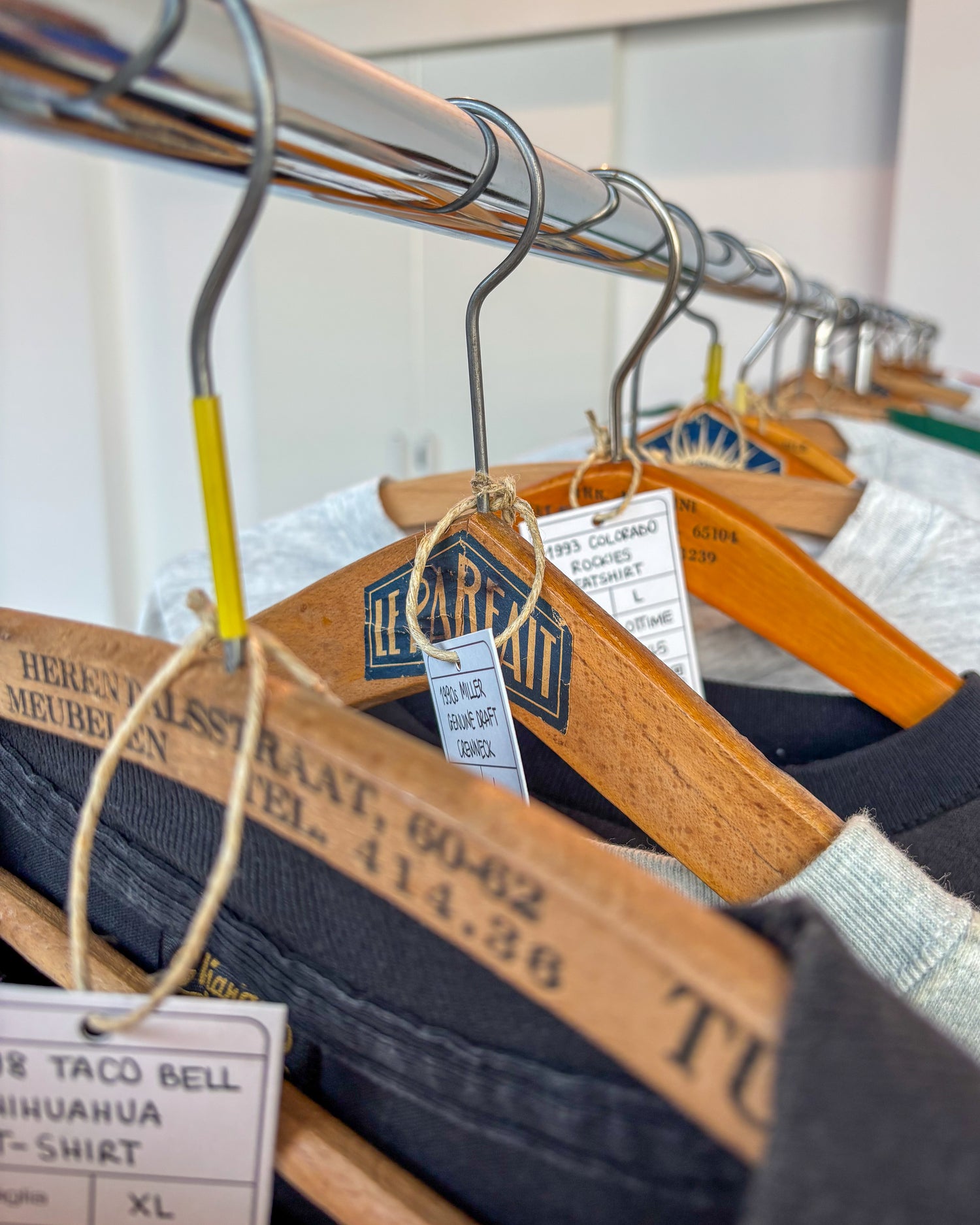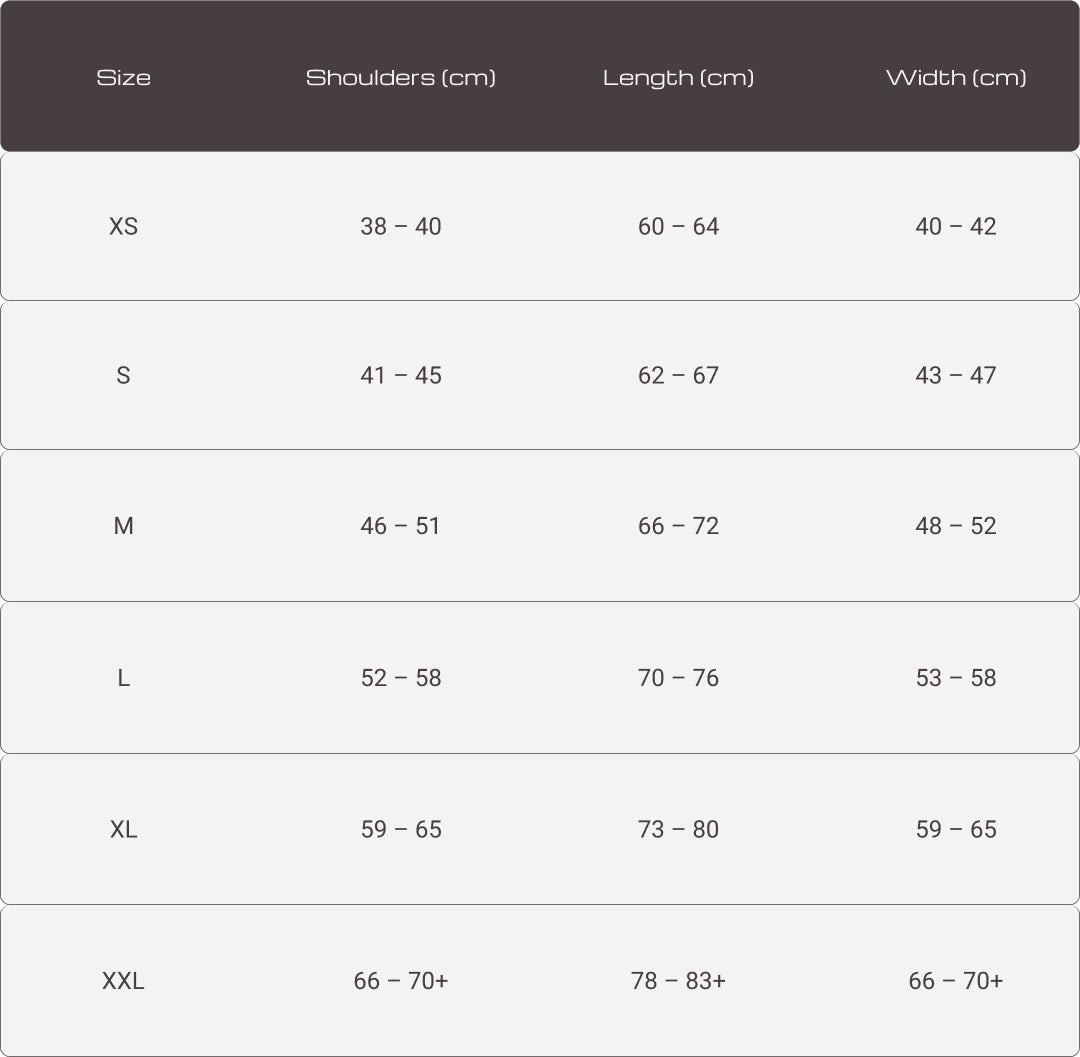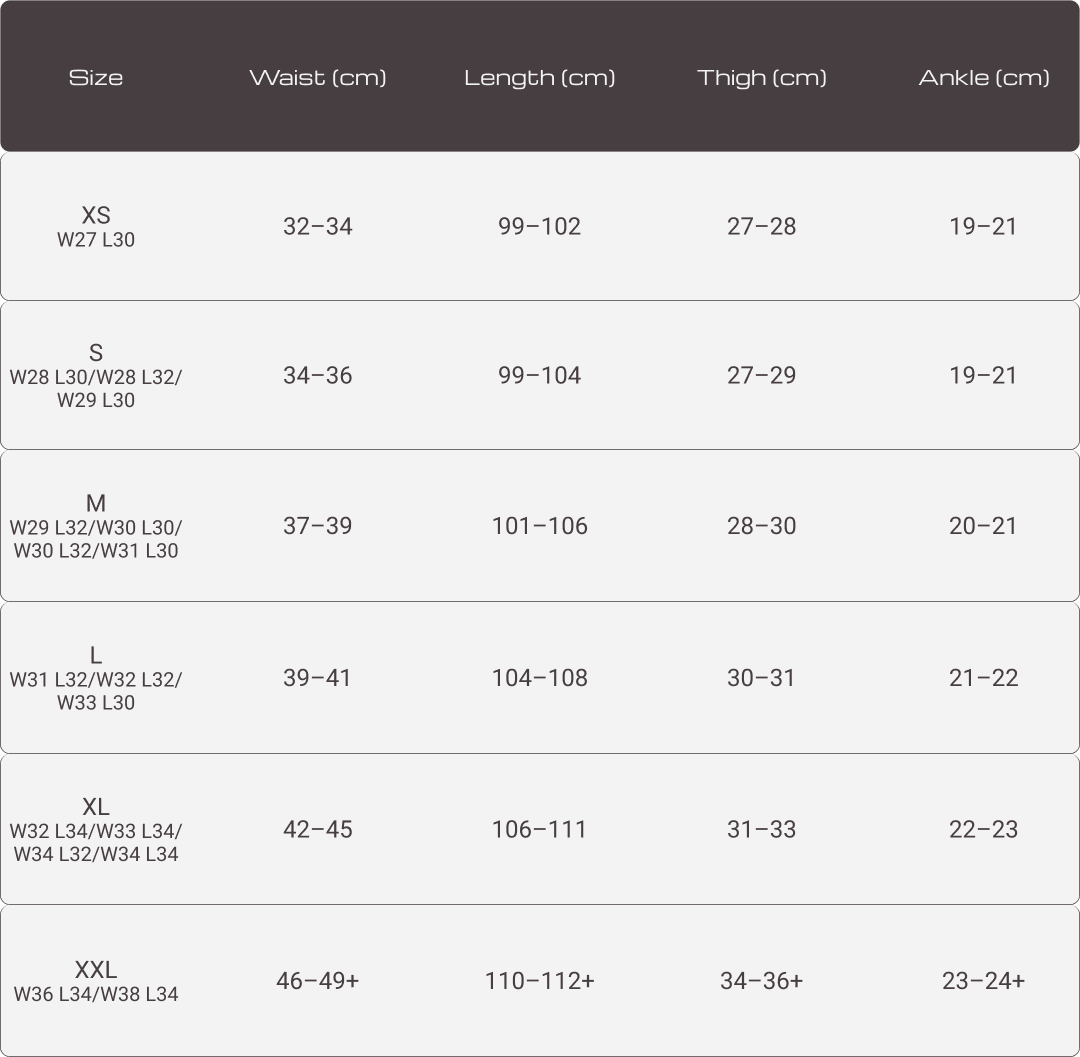Size Guide
To ensure the best shopping experience, garment measurements are taken precisely and carefully. Read below to learn how we measure and what to consider when choosing your perfect vintage piece.
Why Size May Not Match
Vintage clothing sizes often don't match current standards. Over the years, different fashions, manufacturing techniques, washes, wear, or alterations have changed fit and size.
For this reason, each product contains two pieces of information:
- Suggested Size: The recommended size based on actual measurements.
- Label Size: The size shown on the label (if present).
The recommended size is always based on our measurements, which are the most reliable indication.

How We Take Measurements
Each garment is laid flat on a smooth surface and measured with a tape measure. Measurements are given in centimeters (cm) to ensure maximum accuracy.
The differences between one item and another depend on the model (slim, straight, baggy, shorts, oversized, etc.)

t-shirts, shirts, sweatshirts, jackets
Measurements for the Upper Parts
- Length: from the top (neck or shoulder) to the bottom of the garment.
- Shoulders: from left shoulder seam to right shoulder seam.
- Sleeve: from the shoulder seam to the end of the cuff (or, for short sleeves, to the edge).
- Width: armpit to armpit.

trousers, jeans, shorts
Measurements for the Lower Parts
- Waist: Measured at the top of the pants, from side to side.
- Total length: from waist to bottom of leg.
- Thigh: Width measured approximately 2-3 cm below the crotch seam.
- Bottom leg: width of the leg at the bottom.
What to Consider When Choosing
Determining the right size for vintage clothing requires more attention than for modern clothing, but our standardized measurements allow you to make an informed and accurate choice.
👉 We always recommend relying on the measurements 📏 given in the description of each item, rather than the size on the label.